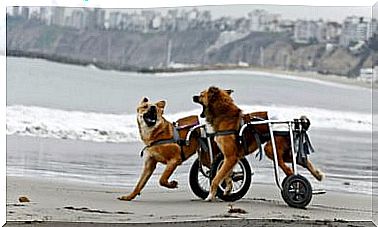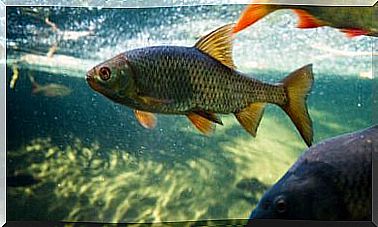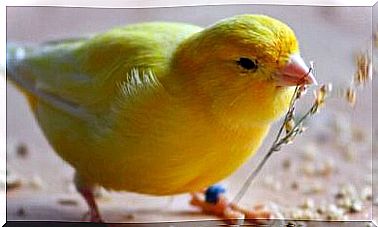How To Teach The Dog To “sit”
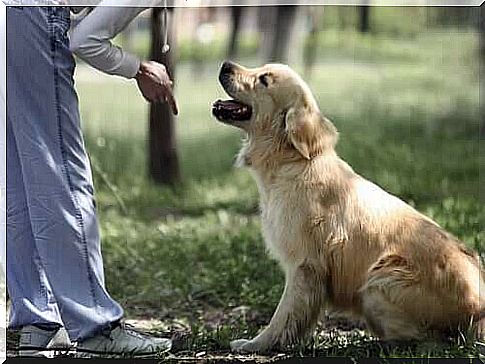
To teach your dog to ” sit” and later teach him to remain in this position, you have to start bit by bit until he finally finds it easy to carry out these commands.
For a young, energetic puppy, this may mean that they may only sit and stand still for half a second.
But with that you have already achieved something, because you can build on this half a second. It can become one second and later also two. This slowly increases the time that the dog remains in the “seat” .
Many short and successful executions of the command are better for your dog’s obedience compared to a long execution that ends in a disobedient dog and a frustrated caregiver.
How to teach the dog to sit
Teaching the dog to sit is one of the first exercises you should do in dog training, and it is also one of the most important commands your dog learns.
- Start training with a gift or treat and show it to your pet (small treats usually work best).
- If your dog is interested in it, it will follow the treat with its head and try to reach it.
- Hold the treat over your dog’s head so he can look up. Hold it right behind his nose so he has to tilt his head back. The only way your dog can get the treat is by putting his rear end on the floor.
- If he does so, give him the treat and lots of praise.
- Within a few tries, your dog will know how to get his treat and he will sit down faster.
Important aspects that we should consider
Start with these simple steps in a place your dog knows and where no distraction awaits.
Make sure your dog is focused on you. You can do this by standing in front of him while giving him your full attention and maintaining eye contact.
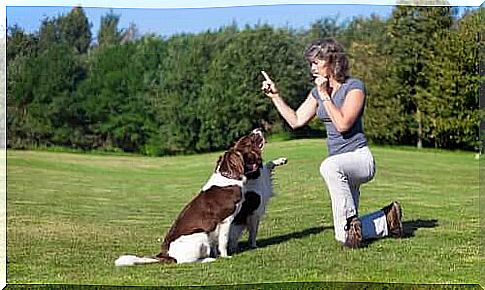
If your dog holds the position for a second or two, praise him and give him a treat as a reward. Repeat the process, trying to get your dog to hold the position two seconds longer before getting his treat.
If your dog responds to the command in a trustworthy manner, you can add a visual signal. Ask your dog to sit or lie down, and then tell him to stay in that position while you reach out your hand with the palm of your hand on his nose.
If he holds the position for a second or two, praise him and offer him a reward. Repeat the commands, slowly adding a second to keep him in the pose longer.
If he understands what is expected of him, show him a hand gesture that your dog is learning. Use a gesture that dog trainers and owners commonly use, such as a vertically extended hand.
Command him to sit while your dog sits down so he can learn to connect the word to the action. Now that you’ve added the signal, with a little practice you can tell him to sit down without first luring him into position with the treat.
What to do if the “seat” doesn’t work?
Tell your dog “sit”, “stay” or “sit down” the moment he leaves his position and then try a shorter period of time.
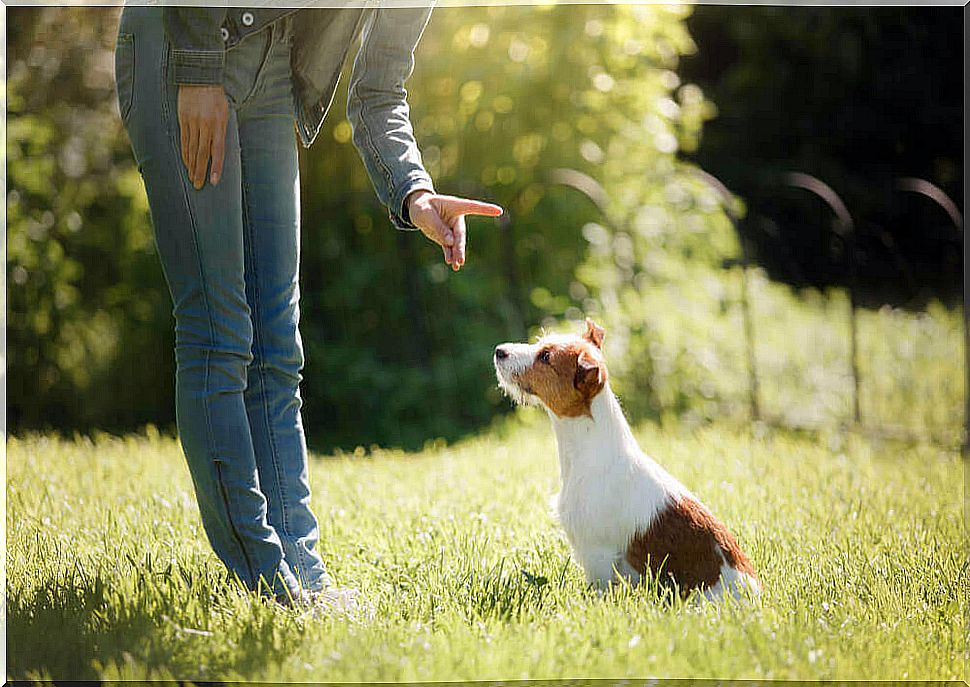
If you’ve been practicing with him for a while and your dog knows the command “stay”, then you can use a lower voice as a reprimand if he breaks out of the position.
Don’t punish him, though. By the time you get angry with your dog, he has already moved out of position and will associate the punishment with what he was doing at the moment of punishment.
How to teach the dog to sit for long periods of time
Once your dog has learned the command “stay”, you can slowly make it more challenging. Stand about one meter in front of your dog when you tell him to “stay”, then two meters, increasing the distance each time.
Command them to stay while you turn your back on them if another person or dog is nearby, and later when these creatures are very close by.
You can even teach him later when you throw a ball and at the very end when there is food around him.
Only add a new challenge if your dog has learned the previous step correctly and is doing it consistently.
Should he move out of position, reduce the amount of time, remove distractions, or stay closer to him and try again. Patience and persistence are key to properly training your dog.


